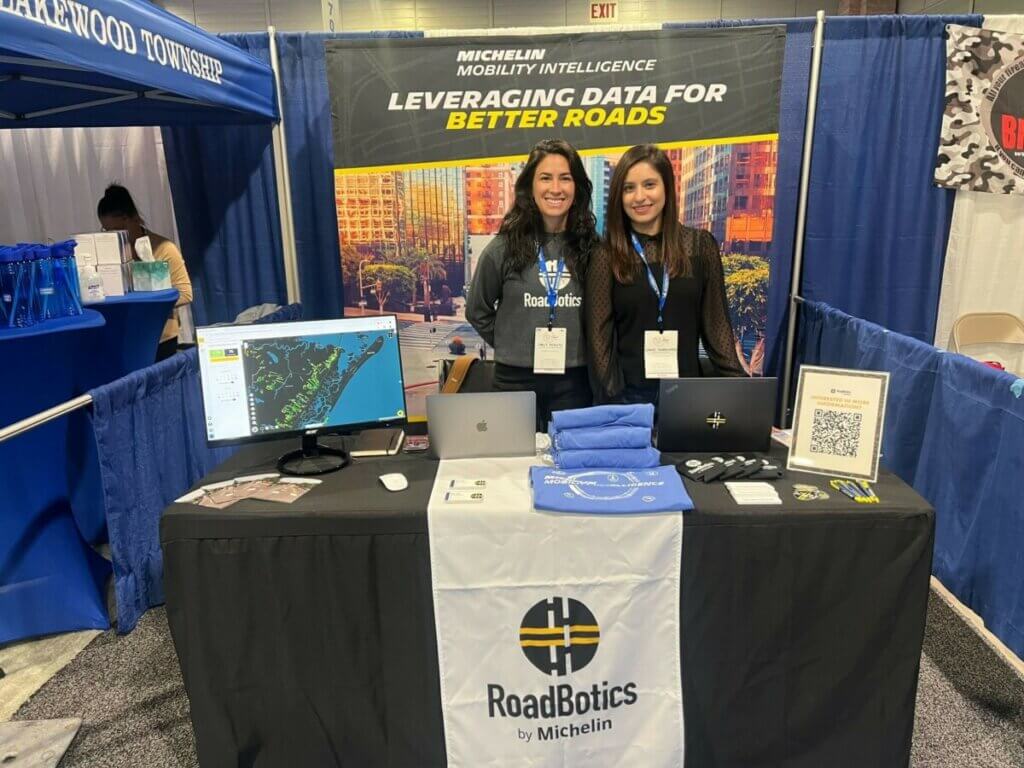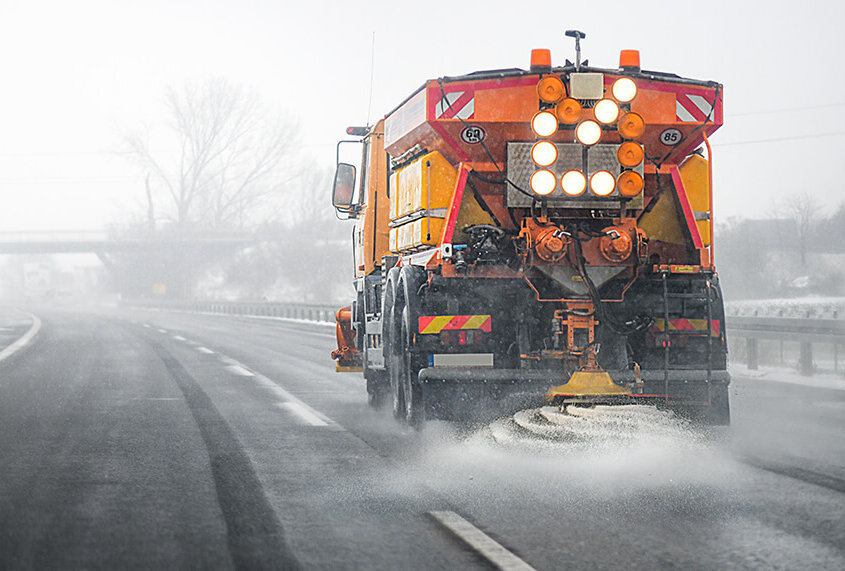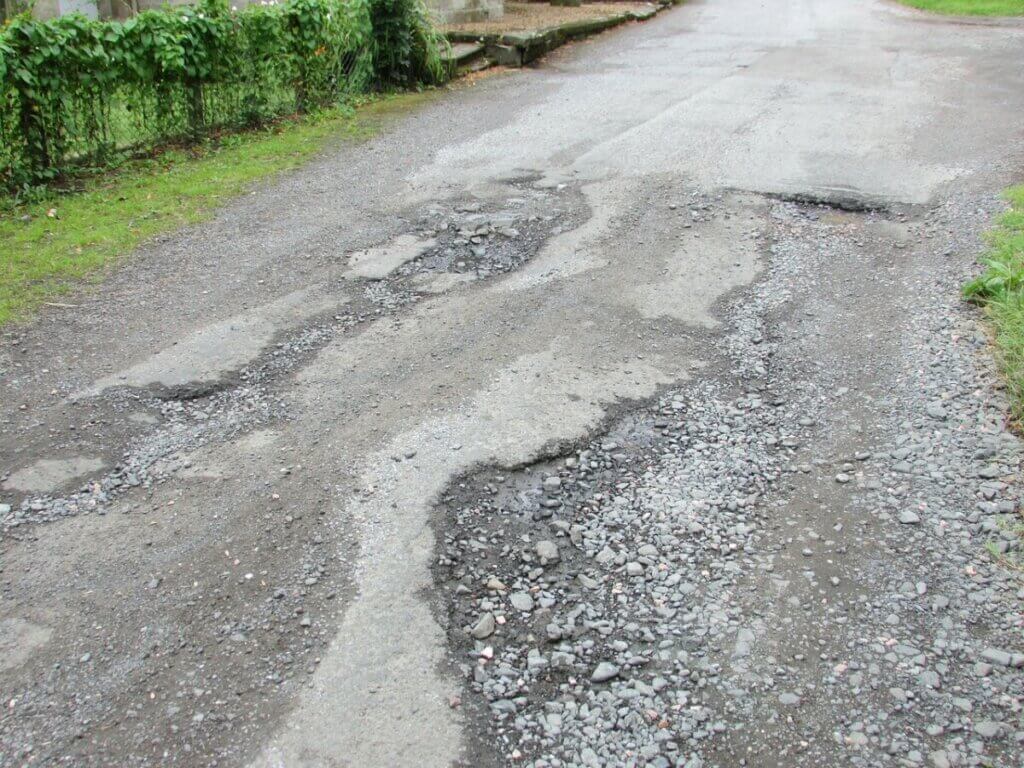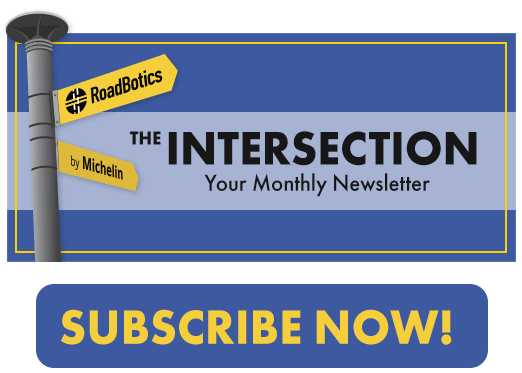Two years after COVID struck, our lives have changed.
Remote work has become common, outdoor activities have gained popularity, and streets have been reimagined.
At the height of COVID, people were encouraged to stay home to minimize transmission; however, as restrictions slowly lifted, many sought ways to relieve stress and stay connected.
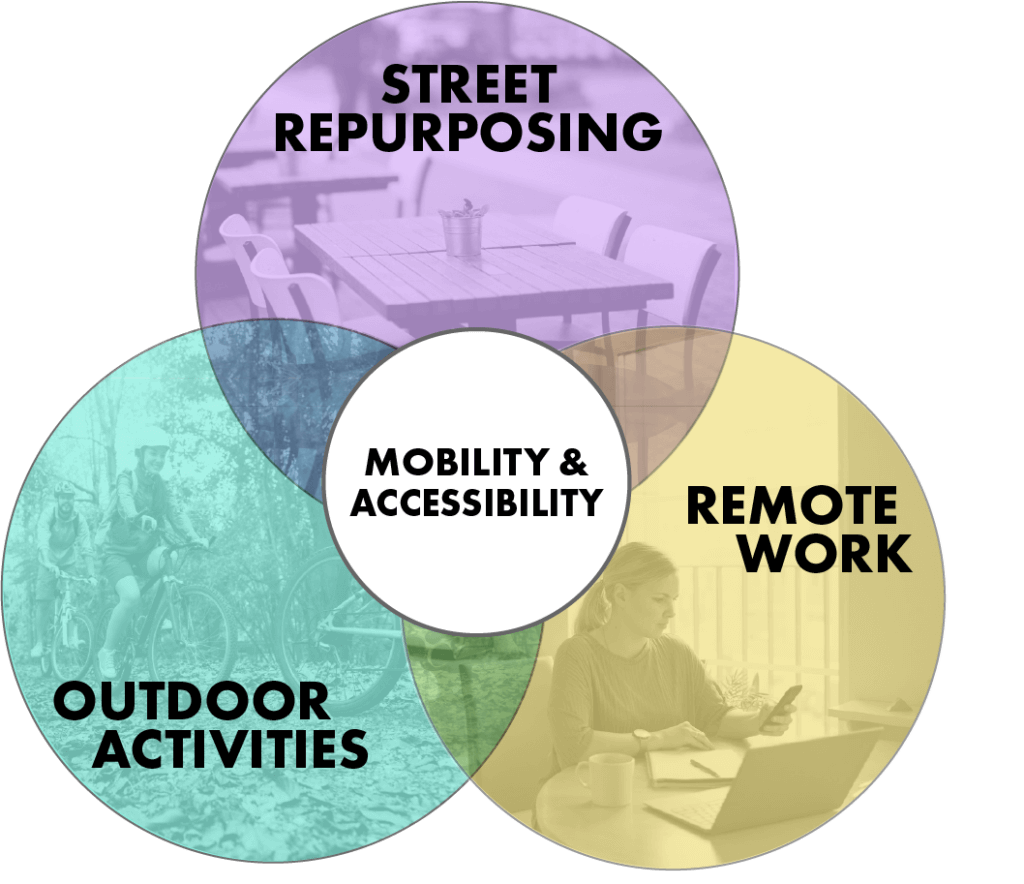
Public spaces tended to meet social distancing requirements, so parks, farmer’s markets, and bike trails became popular venues for safely connecting with family and friends. Local businesses pivoted operations to offer more outdoor dining, shopping, and entertainment. State and national parks became destinations of choice.
So despite shutdowns and stay at home orders, has COVID made us more mobile?
Remote and Hybrid Work
Because of the immediacy and strictness of the COVID lockdown in mid-March 2020, nearly one-third of American companies and their employees began to work remotely.
With that many people working from home, large office spaces and parking lots were no longer needed. Employers were able to save money on renting space and equipment, while employees were able to save time by no longer commuting.
Eliminating commute times was a benefit to everyone, resulting in less traffic overall and reduced CO2 emissions into the environment. Dollars that commuters typically spent on gas, repairs, and insurance could be saved for other expenses.
There was a learning curve in working from home, especially for parents.
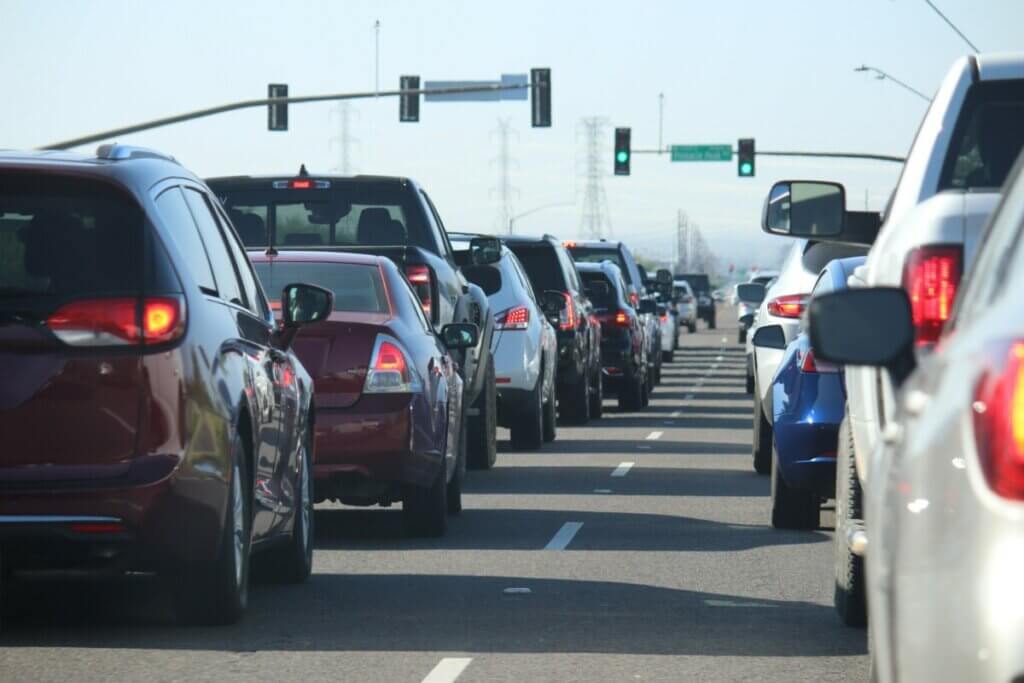
Schedules became more flexible to meet work, childcare, and health-related demands, like COVID testing and vaccines.
With flexible schedules and less commute time, remote work would seem to have made us less mobile… until you consider what people were doing with the extra time they had gained.
Increased Use of Outdoor Recreational Resources
With extra time and the need to stay socially distanced, many took advantage of outdoor recreational resources like parks, playgrounds, game courts, and walking and biking trails for entertainment.
2020 marked an unparalleled uptick in bike sales, as well as a record number of new pet adoptions – giving people even more reasons to visit public parks and trails.
State and national parks served as much needed retreats while minimizing virus exposure; many became so crowded that admission limits and reservation systems had to be instituted at the most popular spots.
In this respect, people did become more mobile to find COVID-safe entertainment.
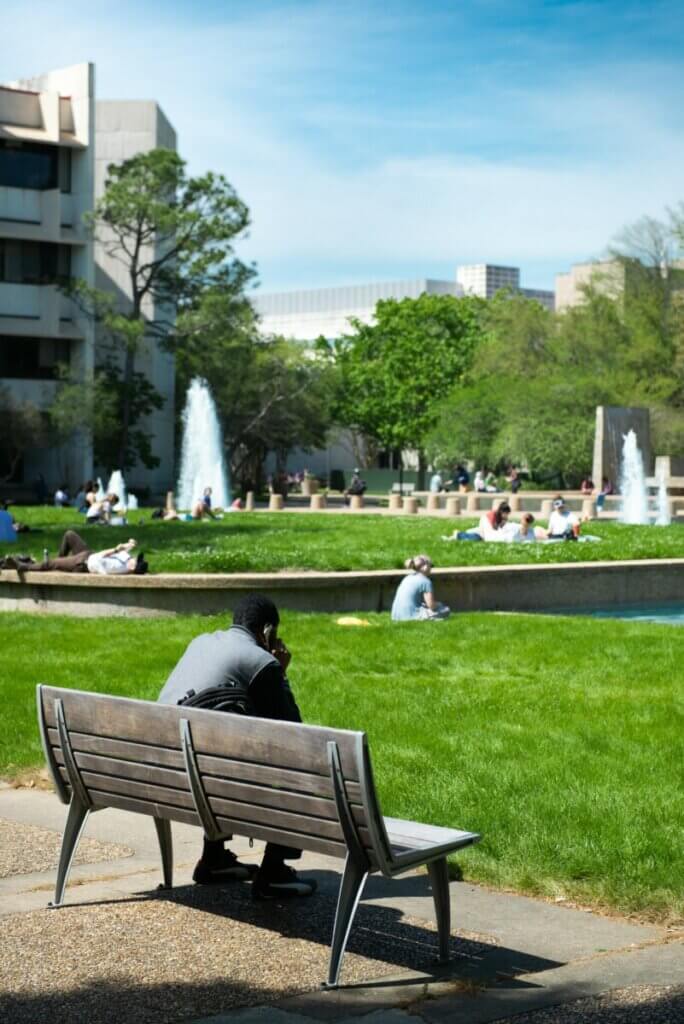
But the availability of green spaces varies based on socioeconomic factors, and lack of access can negatively impact mental health. Some communities fortunately were able to use the resources they had on hand to improve their quality of life.
Street Repurposing
Increased time outdoors highlighted the need for more options, and many communities looked to their streets.
Improving the streetscape became a priority for communities to help provide some mental escape for residents. By optimizing the layout of sidewalks, seating, lights, art, and public infrastructure, they worked towards providing a more complete street for better mobility and accessibility.
Streets became destinations that doubled as shopping venues or a spot to grab a bite, giving businesses a way to turn a profit and residents some semblance of normalcy. Food trucks and pop up events became popular in new places.
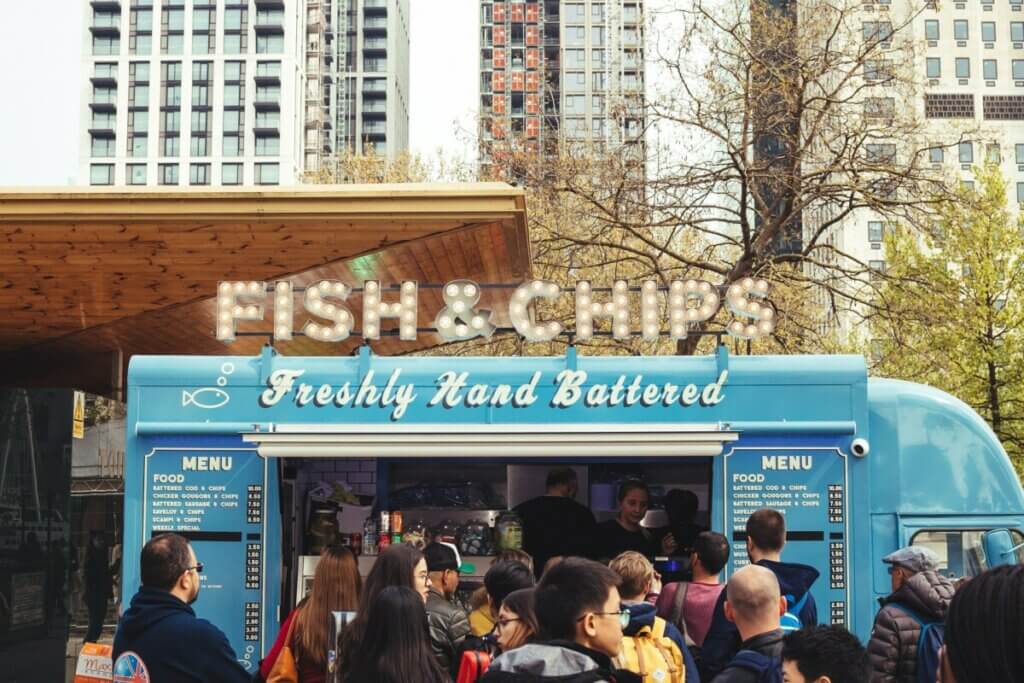
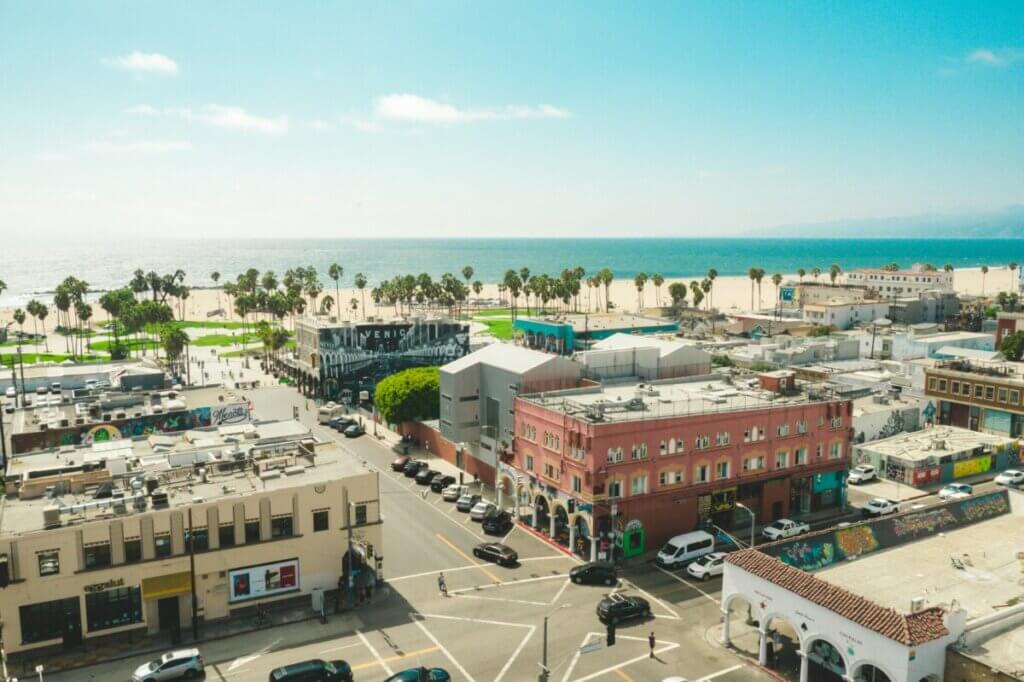
Major cities like Los Angeles made more efficient use of space to expand mobility. These crowded cultural hubs pivoted and built upon the Open Streets Project by embracing car-free streets through the addition of walkable market places, green spaces, and bike paths.
Due to the favorable reception of these changes, places like New York and San Francisco are making them permanent. 25% of New York City’s space will be car-free by 2025, and 40 miles of car-free bus lanes were recently approved. Valencia Street in San Francisco will continue to be car-free on weekends.
Smaller cities and towns also capitalized on the perks of repurposing a street. Many relied on a combination of measures like “slow streets”, promoting slower speeds, minimizing through traffic, and installing temporary seating for restaurants using sidewalks and parking spots.
Will the Changes Last?
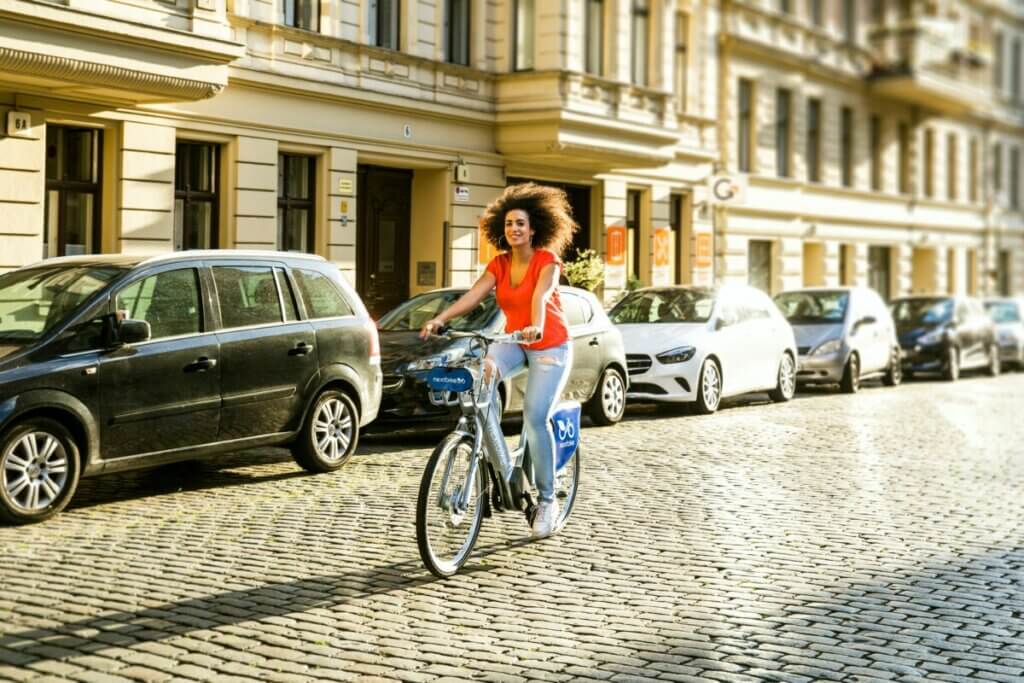
COVID forced a dramatic shift in values and routines during the past two years.
More free time and limited access to indoor activities created the “perfect storm” for increasing mobility and accessibility, as attention shifted to more active, outdoor options.
While the world was humbled by this traumatic experience, through that hardship, new opportunities have presented themselves in the form of remote or hybrid work options, better awareness of outdoor spaces, and more open, accessible streets for everyone.
With the cost of necessities like groceries and gas rising, many still are looking for low-cost and local ways to work, live, and relax- so we expect those shifts to remain and continue to develop.
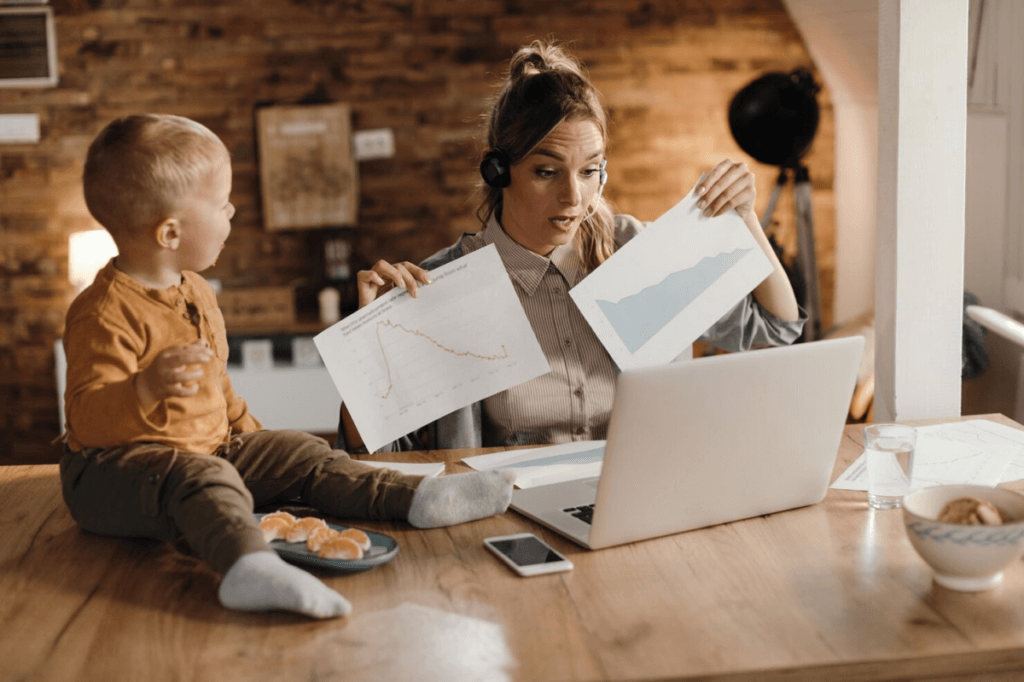
SPOILER ALERT: COVID has made a lasting impact on our mobility and accessibility, and hopefully we will continue to build on this momentum.
References
- https://www.theguardian.com/us-news/2022/may/05/new-york-cars-free-covid-open-streets
- https://www.outsideonline.com/outdoor-gear/bikes-and-biking/pandemic-bike-boom-here-stay/
- https://rip.trb.org/view/1865361
- https://www.wilsoncenter.org/article/coronavirus-shifts-car-free-policy-high-gear
- https://reasonstobecheerful.world/business-is-booming-on-covids-car-free-streets/
- https://www.completecommunitiesde.org/planning/complete-streets/streetscaping/
- https://www.kqed.org/news/11912421/sf-supervisors-vote-to-keep-cars-off-jfk-drive-in-golden-gate-park
- https://www.usnews.com/news/health-news/articles/2022-04-19/ditch-cars-for-open-and-equal-streets
- https://www.frontiersin.org/articles/10.3389/frsc.2021.710920/full
- https://www.google.com/maps/d/viewer?mid=1oUnrG8mfF4d96fSN6KiyZoD5HwML2vv4&ll=40.431337657622095%2C-79.98064100000002&z=11
- https://engage.pittsburghpa.gov/covid-19_streets
- https://www.oaklandca.gov/projects/oakland-slow-streets
- https://www.bu.edu/sph/news/articles/2021/during-covid-park-use-was-higher-in-majority-white-neighborhoods/
- https://usa.streetsblog.org/2020/07/23/five-great-ways-to-repurpose-parking-lots-during-the-pandemic/
- https://www.theguardian.com/world/2020/oct/12/liveable-streets-how-cities-are-prioritising-people-over-parking
- https://www.washingtonpost.com/transportation/2021/06/26/covid-street-closures/
- https://www.urban.org/sites/default/files/publication/104931/from-streets-to-citizen-spaces_0.pdf
- https://www.media.pa.gov/pages/Education-details.aspx?newsid=1104


